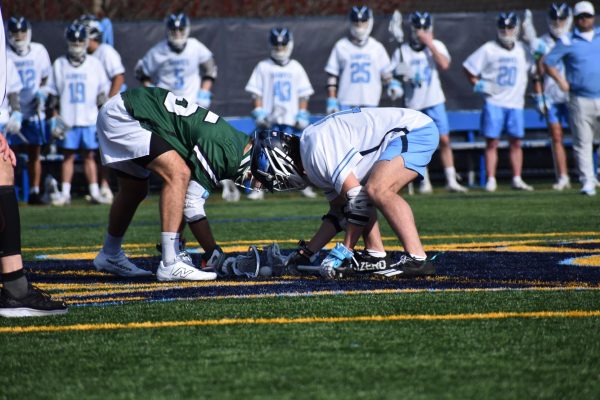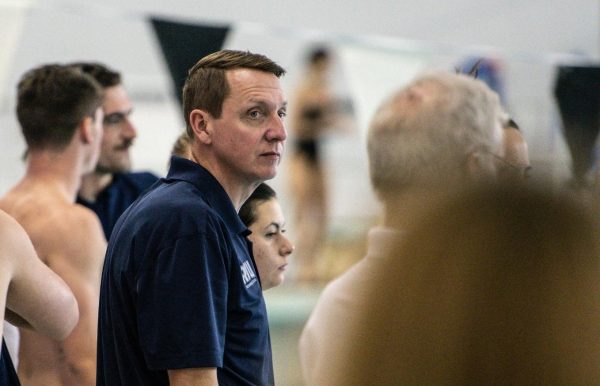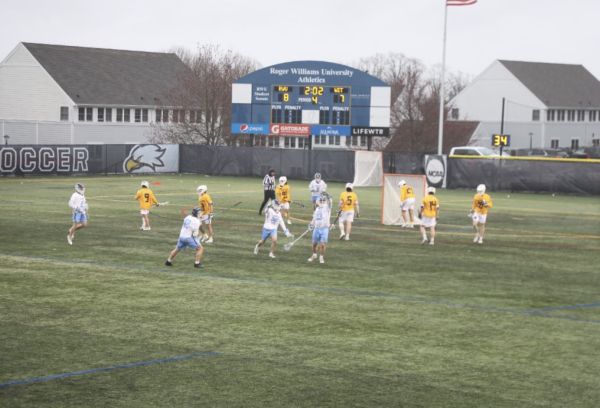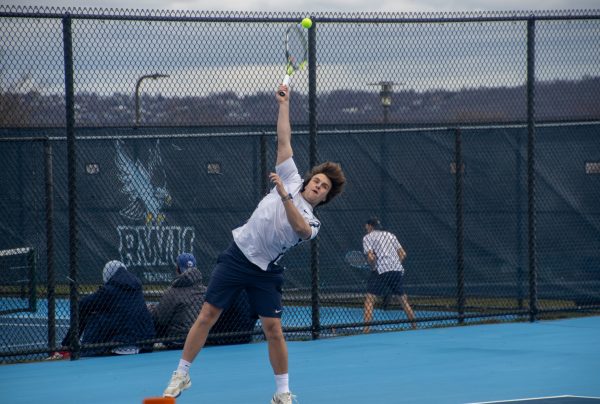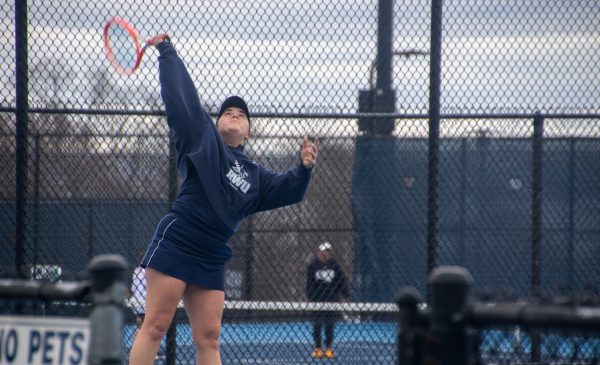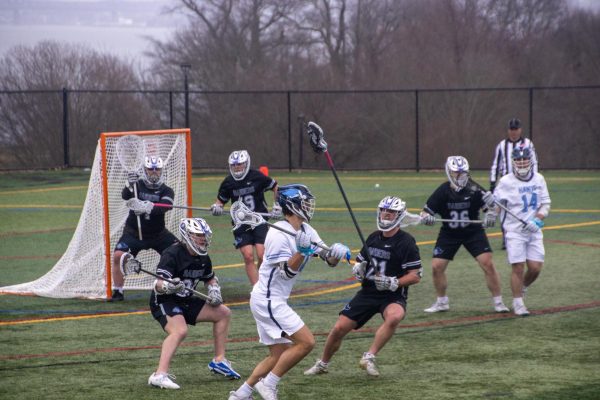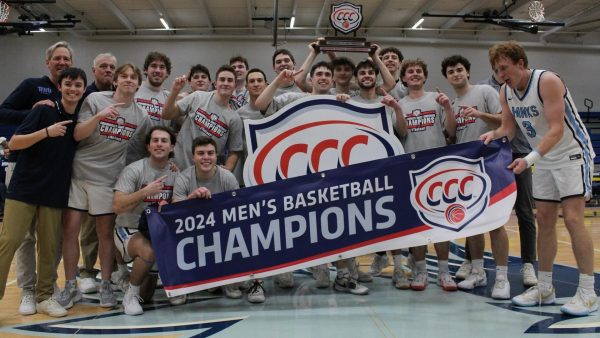Sailing into another successful season
Emily Dvareckas/The Hawks' Herald
The sailing team practicing on September 15, 2021. The team started in tenth place during the pre-season but are now in sixth place.
The sailing team is arguably the most successful team walking the RWU campus, and it is no wonder why.
After placing tenth in the Coed Division for the preseason College Sailing Rankings, the Hawks have since vaulted into sixth place with the release of the first regular-season rankings.
Although success is present, the attention towards the sailing team sometimes remains absent. So what exactly goes into the success of the sailing team?
A typical weekend for the sailing team differs greatly from that of the average college student and even the average athletic team. With a number of regattas or races over the weekend, the team of 33 is split into three or four groups depending on how many regattas are taking place that weekend.
These lineup decisions are made by the coach in the week leading up to the regattas depending on each sailor’s skill level and position on the boat.
Each regatta has different levels of competition with A levels being the most competitive, B levels being less competitive, and C levels being the least competitive of the three.
“Based on your performance at practice, at other regattas, in the classroom, and in the gym, coach will place you at an event she thinks you will be most competitive at,” said Molly Matthews, a junior on the team.
Where a sailor is placed weekend to weekend can change based on their performance. Just because a sailor has raced twice at an A level does not mean they may not be placed into a C level race in the next regatta.
Once these lineup decisions are made and the sailors finish their traditional team breakfast on Saturday morning, they split into their groups and travel by van to where their respective regatta is taking place.
Typically, regattas are held within the region on the Charles River in Boston, or the Thames River in New London, Conn., meaning these groups will travel back to RWU Saturday night and repeat the same process Sunday morning. Sometimes groups will find themselves competing in New York or even Maryland, requiring them to stay overnight.
In addition to the usual Saturday and Sunday regattas and Tuesday through Friday practice schedule, members of the sailing team also spend at least four days a week in strength and conditioning workouts centered around bodyweight core and upper body exercises like pushups, pullups, sit ups and cardio to build stamina, according to Matthews.
Similar to other sports, each position on the boat requires different physical capabilities from every sailor.
Skippers, the sailors who drive the boat, require more upper body strength according to Matthews because they must control the tension of the line that is connecting and controlling the position of the sail by pulling it while shifting their body weight away from the center of the boat.
Crews, on the other hand, require lower body strength and explosiveness because they are the ones who are helping to maneuver the boat. Like skippers, crews must also shift their body weight away from the center of the boat or “hike” in order to help navigate the waters.
The Hawks travel to St. Mary’s City, Md. this weekend to compete in the Coed Atlantic Coast Championship.



